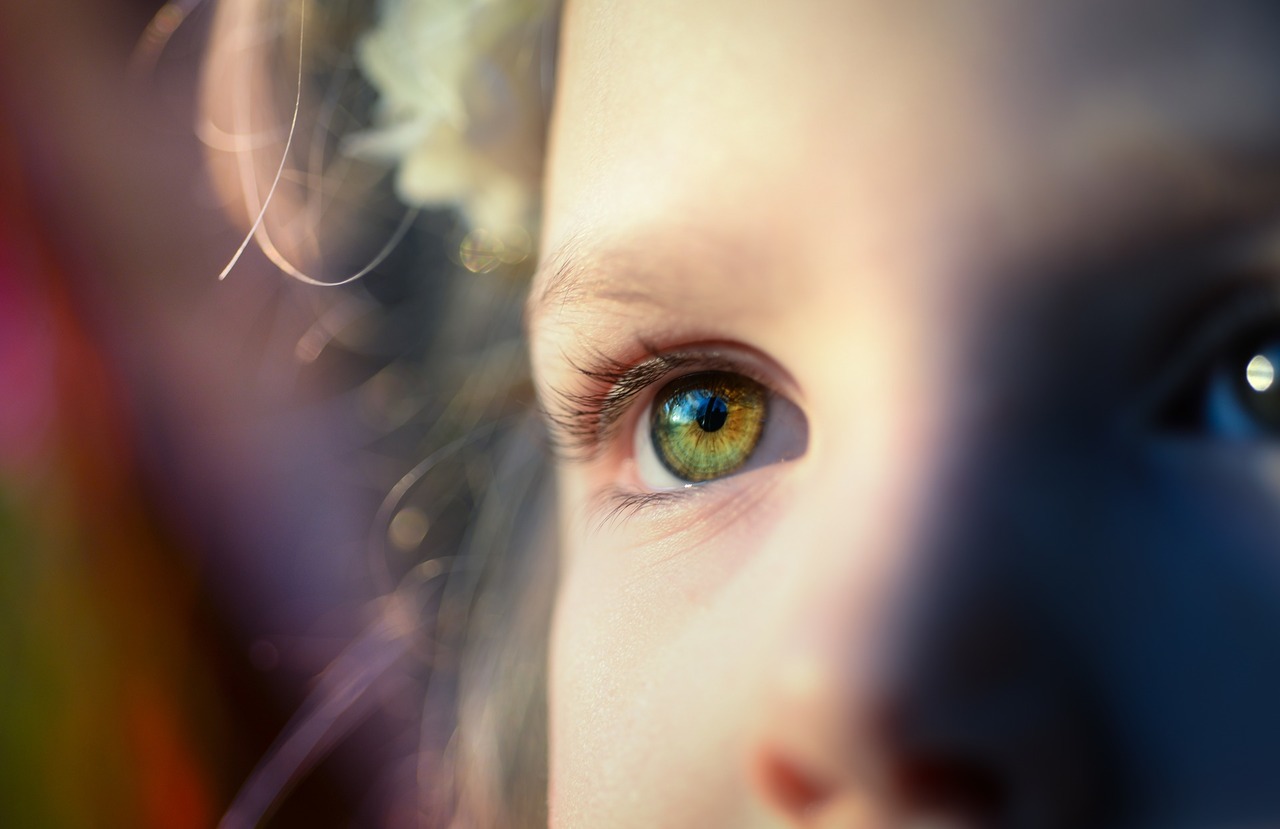I am hearing and I grew up in an all-deaf family who use American Sign Language (ASL). Being bilingual in ASL and English is my “normal”, I can just as easily think and dream in sign as I do in spoken language. I have always been fascinated with the amazing way the brain so easily adapts to signed language and can learn solely through visual means. My Ph.D. in Developmental Psychology set the stage for my career as a research psychologist and signed language linguist. Being able to collaborate with deaf and hearing scientists alike has enabled me to explore the fascinating questions about language and the brain that I have pondered about my entire life.
Most recently, I have had the great fortune to collaborate with Rechele Brooks and Andrew Meltzoff from the University of Washington on a study investigating whether deaf infants’ early visual language experience influences their gaze-following skills: “Enhanced gaze-following behavior in Deaf infants of Deaf parents” published by Developmental Science. Gaze-following is an important skill that young infants use to track what their parent intends to show them or teach them about. For example, if a mother turns her head to look at an object in the room, the infant will follow her direction of gaze because he or she has the understanding that this social cue highlights what their mother sees as important in that moment and they are likely to learn something about that object if they follow her line of sight to see what it is. But most children are unable to do this until close to their first birthday. Brooks & Meltzoff (2002, 2015) have also shown the capacity to gaze-follow is predictive of later language and other aspects of social-cognitive development.
Gaze-following deficits have also been identified as a potential marker for developmental concerns such as Autism (Mundy, 2018). Based on my prior research and personal interactions with deaf infants, I had the feeling they might show this capacity to follow an adult’s gaze earlier than 1 year of age. So, together, we implemented Brooks & Meltzoff’s experimental design for testing gaze-following and compared deaf infants who have deaf parents (which means the infants have been signed to since birth) to age- and gender-matched hearing infants (between 7 - 20 months). We found the deaf infants showed significantly advanced gaze-following behavior compared to their hearing age-mates, suggesting that their early experience (whether it is deafness or sign language experience) has shaped the way they engage with the world – that is, this is an impressive example of how infants will adapt just so that they can connect with others. In these deaf infants, gaze-following emerged well before their first birthday.

Figure: Each dot represents an infant. The plot shows the gaze-following scores of DoD infants (dark red) and HoH (light blue) infants as a function of infants’ age. Figure from Brooks, Singleton & Meltzoff (2019), Developmental Science Supplement.
All too often, research on deaf children focuses on their deficits. It’s nice to finally publish work that shows how this atypical (and often marginalized) population actually outperforms the typical developing child. It is equally important to our science agenda that we make our findings accessible to interested Deaf ASL-using individuals. We have disseminated a visual abstract of our paper in ASL to ensure equal access to this important research. We are confident those in the Deaf Community will appreciate this work. But they’re probably nodding their heads saying “Hey, we already knew our babies follow our eye gaze, but it’s nice to have the science to back it up!”
References
Brooks, R., & Meltzoff, A. N. (2002). The importance of eyes: How infants interpret adult looking behavior. Developmental Psychology, 38,958–966. https :// doi.org/10.1037/0012-1649.38.6.958
Brooks, R., & Meltzoff, A. N. (2015). Connecting the dots from infancy to childhood: A longitudinal study connecting gaze following, language, and explicit theory of mind. Journal of Experimental Child Psychology, 130, 67–78. https ://doi.org/10.1016/j.jecp.2014.09.010
Mundy, P. (2018). A review of joint attention and social‐cognitive brain systems in typical development and autism spectrum disorder. European Journal of Neuroscience, 47, 497–514. https ://doi.org/10.1111/ejn.13720
Brooks, R., Singleton, J., & Meltzoff, A. (2019). Enhanced gaze-following behavior in Deaf infants of Deaf parents. Developmental Science. https://onlinelibrary.wiley.com/doi/pdf/10.1111/desc.12900
Visual abstract of the Brooks, Singleton & Meltzoff (2019) paper in American Sign Language https://www.youtube.com/watch?v=QXCDK_CUmAI





Please sign in or register for FREE
If you are a registered user on Research Communities by Springer Nature, please sign in